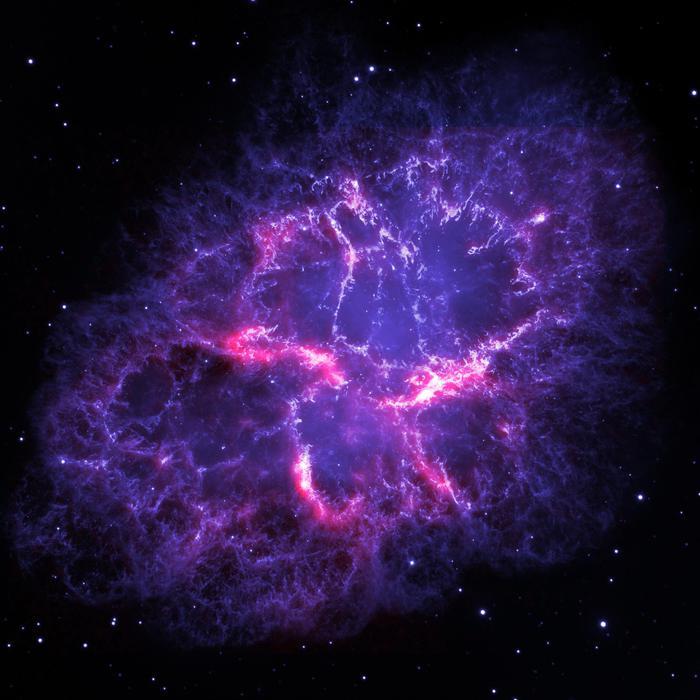(ANSA) - ROME, APRIL 11 - The cosmic journey of water from interstellar clouds to habitable planets has been reconstructed.
Based on data from the Herschel space telescope of the European Space Agency (ESA), it is published in the journal Astronomy & Astrophysics by a group of astronomers which also includes Italian researchers from the National Institute of Astrophysics (Inaf).
The data, experts explain, will be a point of reference for the next twenty years.
Starting from the interstellar clouds, the cradle of new stars and planetary systems, the water has been intercepted in a young star, which emits jets of matter.
Then the eyes of the Herschel telescope, launched in 2009 and operational until 2013, captured it in a disk of gas and dust from which new planets are born.
Until it was found on a young planet outside the Solar System, where it was probably carried astride comets.
"Most of the water - explain the astronomers - originates in the form of ice on small particles of dust in the cold and not very dense interstellar clouds. When one of these clouds collapses giving life to stars and planets - they specify - the water is conserved, anchoring the dust particles which, in this stage, are the size of pebbles and then, in the disc of matter that rotates around the rising star, aggregate to form the constituent elements of future planets.
According to these calculations - the authors add - the majority of planetary systems it is already born with enough water to fill many thousands of oceans. "
One of the limitations of these researches, the scholars point out, was in the past the presence of water vapor in our atmosphere, which hindered observations with daterra telescopes.
Then came Herschel, one of whose objectives, they explain, was to study the water cycle in the Milky Way.
In the future, the James Webb Space Telescope, which will be launched at the end of 2021, will allow Herschel's work to continue.
In fact, it will help to reveal a hitherto unknown stretch of the water voyage, the one in the innermost areas of the dust disks around the young stars, thus chasing the precious molecule in the regions where Earth-like planets are formed.
(HANDLE).

